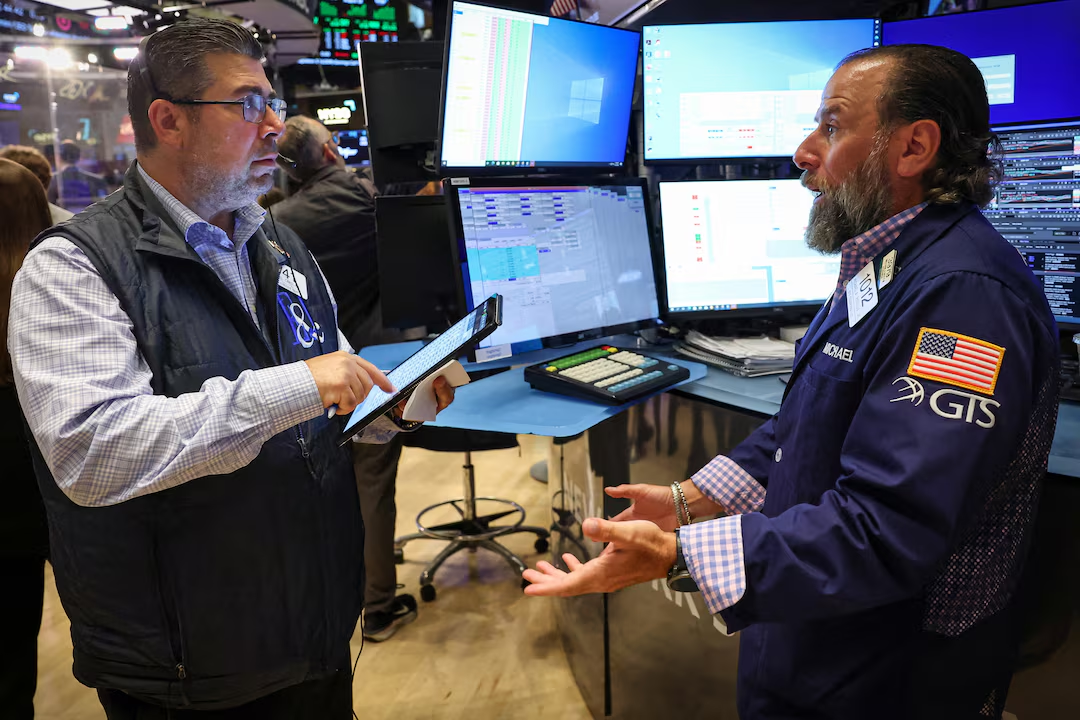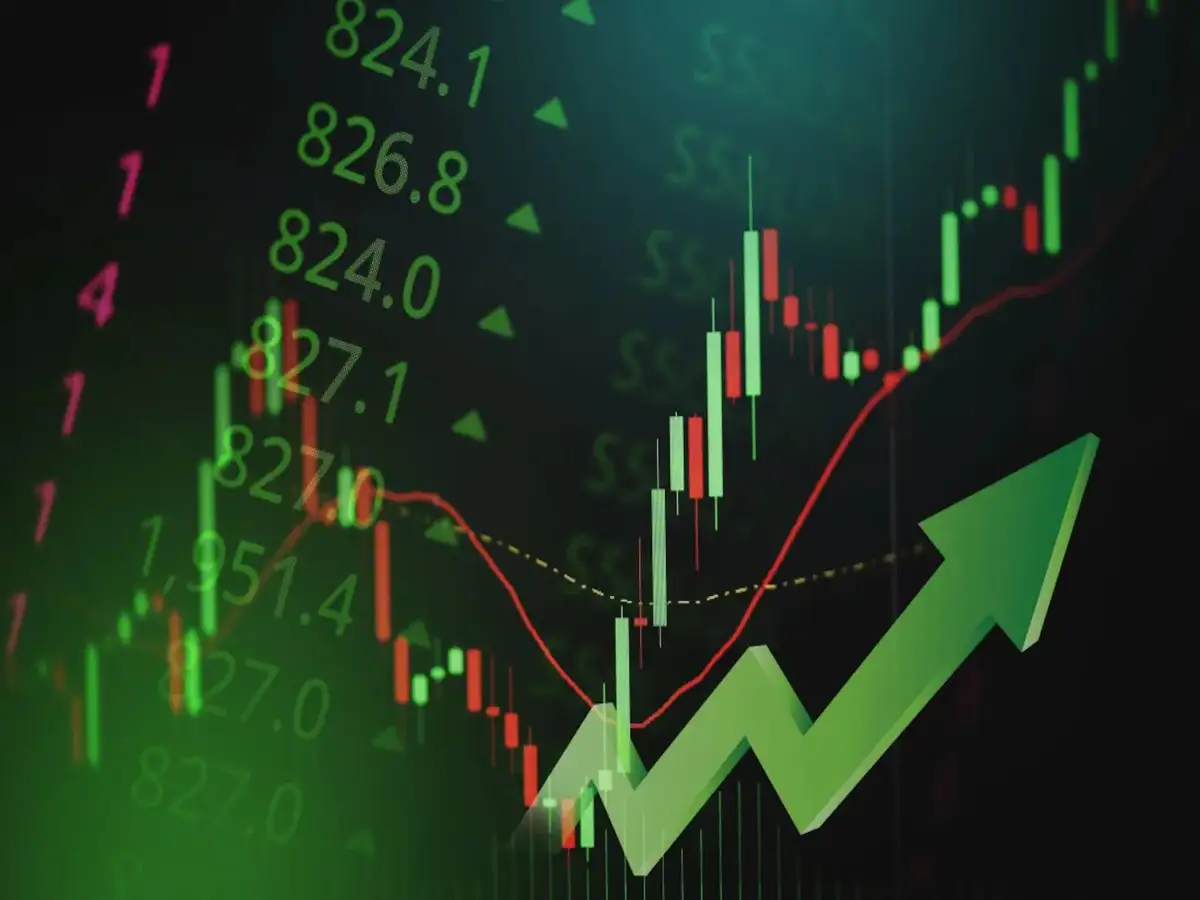
As the global financial landscape continues to evolve amidst ongoing geopolitical tensions and economic uncertainties, investors are adopting a cautious stance ahead of a significant event that could influence future monetary policy decisions. The upcoming Jackson Hole Economic Symposium, organized by the Federal Reserve Bank of Kansas City, has become a focal point for market participants seeking clues on the future trajectory of US interest rates and monetary policy. As anticipation builds, major US stock indices such as the Dow Jones Industrial Average, Nasdaq Composite, and S&P 500 have experienced declines, reflecting a heightened sense of caution among investors.
Market Overview: Declines in Major Indices
On the day leading up to the Jackson Hole meeting, the stock markets showcased a mixed but overall cautious trend. According to reports, Wall Street’s major indices today experienced noticeable drops:
- The Dow Jones Industrial Average declined, signaling a retreat from recent highs as investors reevaluate economic prospects.
- The Nasdaq Composite, heavily weighted with technology stocks, also saw declines, indicating concerns about the tech sector’s performance amid rising interest rate expectations.
- The S&P 500, a broader market indicator, reflected the overall sentiment of uncertainty, dipping as investors exercised caution ahead of the policy indications expected from the Federal Reserve’s forthcoming discussions.
Underlying Factors Influencing Investor Caution
Several key factors are fueling investor anxiety and prompting a risk-averse approach:
- Anticipation of Fed’s Policy Direction: Investors are keenly watching for signals on whether the Federal Reserve might continue tightening monetary policy or pause, which could impact economic growth, inflation, and corporate earnings.
- Inflation Dynamics: Persistent inflationary pressures in the US economy have raised questions about the future path of interest rates. Any hints of aggressive rate hikes or a dovish pivot could drastically influence market movements.
- Global Economic Conditions: Ongoing geopolitical tensions, trade uncertainties, and economic slowdown fears across major economies add layers of complexity to the market outlook.
- Recent Economic Data: Mixed economic indicators, including employment reports, consumer spending figures, and manufacturing output, have contributed to market indecisiveness.
The Significance of the Jackson Hole Meeting
The Jackson Hole symposium serves as a vital platform where Federal Reserve Chair Jerome Powell and other policymakers discuss monetary policy, economic outlook, and financial stability. Historically, the speeches and statements made during this event have had profound effects on financial markets, often setting the tone for future rate adjustments. With the US economy navigating through high inflation and slowing growth, market participants are on high alert for any signals that could indicate a shift in tone.
What Market Participants Are Expecting
- Clearer indications on whether the Fed plans to continue rate hikes, halt, or pivot to a more accommodative stance.
- Guidance on how inflation trends and employment figures might influence upcoming policy decisions.
- Insight into the Fed’s perspective on global economic risks and their potential impact on the US economy.
Historical Context and Market Reactions
Historically, speeches at the Jackson Hole symposium have led to notable swings in stock markets. For instance, in previous years, surprises or hawkish hints from the Fed have triggered sell-offs, while dovish signals have spurred rebounds. As such, market participants are approaching this year’s event with a cautious outlook, positioning in a way that minimizes potential risks from unexpected policy rhetoric.
Implications for Investors and Traders
For individual investors, the current environment underscores the importance of maintaining a diversified portfolio and staying informed on macroeconomic developments. Traders may consider adjusting their strategies to hedge against potential volatility, such as employing options or reducing exposure to high-volatility assets.
Key strategies that investors might consider include:
- Monitoring real-time updates and speeches during the symposium.
- Assessing the outlook on interest rates and inflation to adjust fixed-income holdings accordingly.
- Evaluating sector-specific impacts, especially for technology, financials, and consumer discretionary sectors.
Looking Ahead: Post-Meeting Market Trajectory
While the immediate market response may involve volatility and retracements, the longer-term trend will depend significantly on the clarity and tone of the Fed’s communications. Should the Fed adopt a less aggressive stance, markets may stabilize and rebound. Conversely, signals of continued tightening could sustain downward pressure across equities.
In either case, investors are advised to remain vigilant, analyze incoming data critically, and avoid making impulsive decisions driven solely by short-term market movements.
Conclusion
The decline in major indices like the Dow, Nasdaq, and S&P ahead of the Jackson Hole meeting reflects a cautious stance shared by many market participants. As the Fed prepares to communicate its outlook, the financial world stands at a pivotal juncture where clarity and guidance will determine the near-term market trajectory. Navigating this period requires patience, strategic planning, and a comprehensive understanding of macroeconomic signals.
Ultimately, the Jackson Hole symposium will set the tone for subsequent Federal Reserve policies and market directions. Staying informed and adaptable will be the key to weathering the anticipated volatility and positioning oneself for future opportunities.
For more updated news please keep visiting Prime News World.








